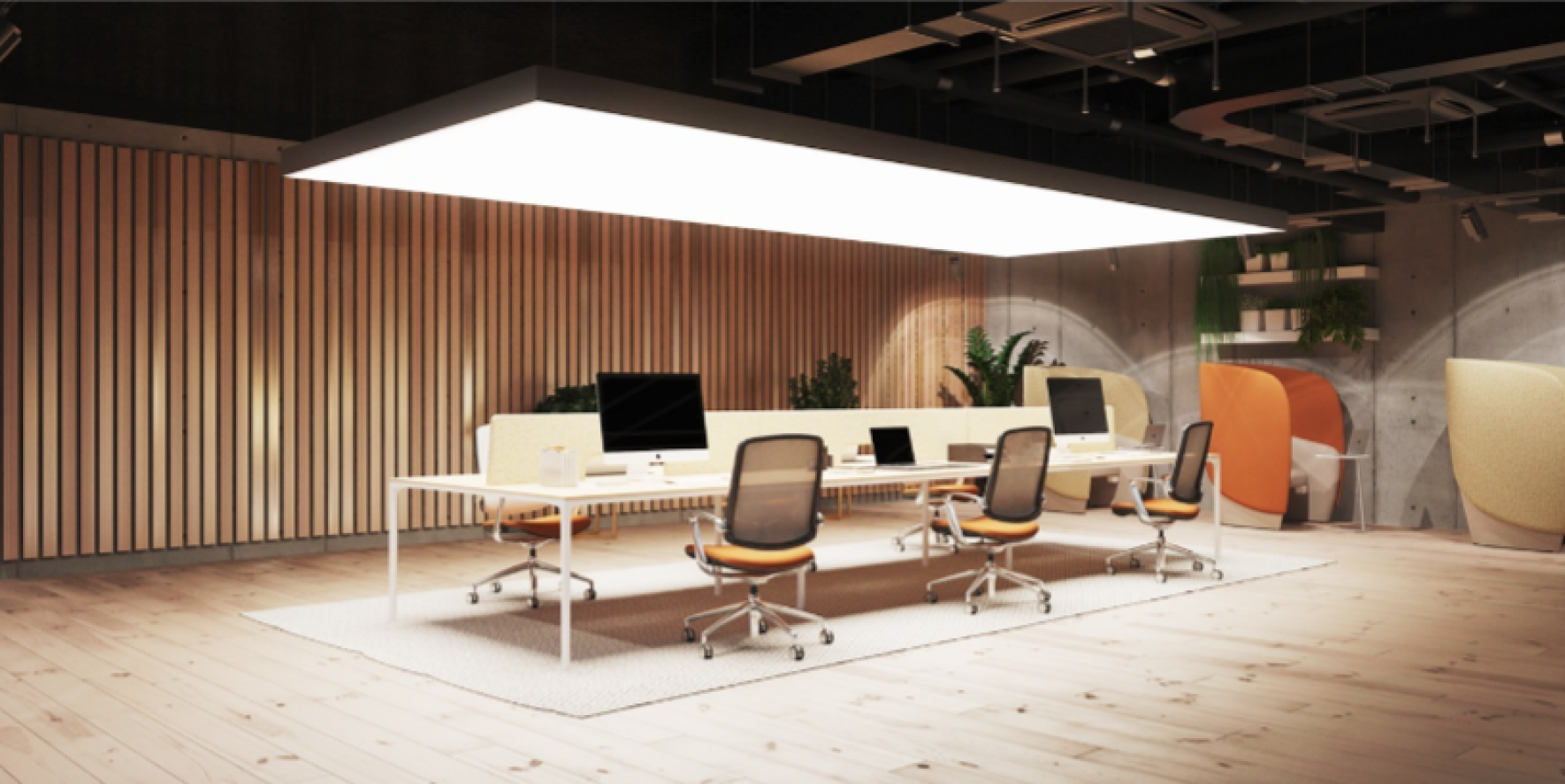The Importance of Lighting in Interior Design
Historical Perspectives on Lighting in Interior Design
It is a natural fact that we feel comfortable in well-lit places. The aesthetic
mood of the places is also revealed with the lightnings applied to the artist in
addition to their accessories. Throughout the development of humanity, constant
changes and formations have occurred in his living areas and economies, so
architectural structures have come into existence. Major developments have
taken place in designing the interiors of homes and workplaces as a result of
civilizations. Thus, interior architectures and interior designs have emerged
,Until a certain period of time, in some architectural structures, the main
architectural lighting that exists is fed by daylight. However, problems such as
the right time of lighting, the different angle of the place, the transition of a
lightpath environment, have come to come across because of this source of
lighting. For this reason, light has begun to be artificially produced with
different techniques and areas. Thus, the architecture space improves its
aesthetic and its architecture emphasizes the aspects more strikingly.
Technological Advancements in Lighting Design
In the realm of lighting design, a field that has been broadened by exponential
developments in lighting technology, a multitude of new options open up daily.
Over the past several years specifically, major advances in technology have led
to immense improvements in the field of lighting, making it notably different
from the realm of design that it was originally understood as. The broad field of
technology in lighting design advances significantly more quickly than ability to
design and implement in interiors from a design perspective. As designers
struggle to keep up with the changing field, it is important to be aware of how to
use these new systems beneficially for various interiors.
Current lighting design is consistently moving in the direction of both energy
efficiency and automation. Energy efficient lighting solutions like LED systems
have been in the process of development for decades as energy conservation
becomes an increasingly important global effort (Jane Cook Turner, 2017). In
recent years, there have been rapid advancements that have made LED
technology more economical to manufacture and therefore more widely
available. Lighting control systems have long been a great way to control the
energy use of lighting of a space overall with timers or motion sensors.
However, with the rise of smart light technology, more becomes possible in
terms of individually tailored spaces. Many of these app controlled systems
allow users to select more personalized lighting options including brightness
and color temperature. As new technology continues to develop the focus on
automation within lighting environments will only continue to grow.
Technology has also developed in the direction of greater flexibility in design,
the newest of which are systems that adaptively control lighting for spaces that
change what they can do based on the time of day or activity being undertaken.
Chromotherapy installations in bathrooms, which use color changes in the
geometry of light in an environment, to affect the emotional atmosphere of a
space. However, there are enormous differences between wellness design
features that change experiences, and installations that truly alter functionality
of an environment. The developments toward adaptively controlled lighting
hope to create spaces that drastically change the potential experiences of a space
through lighting options. As a rapidly increasing area of awareness in the
Design Community, new technology in lighting systems must be weighed for
potential to benefit the specific space under considerations and not solely used
based on trend. This consideration must be paired with an increased
understanding of how such systems actually work. Integration becomes much
more complicated for spaces that already exist opposed to new construction.
Appropriate and professional consultation becomes integral in utilizing the
benefits of these new technologies within the interior spaces. (Odiyur et
al.2021(
Prepared by a student of the Department of Decoration Engineering:
Kale Karwan Omer



